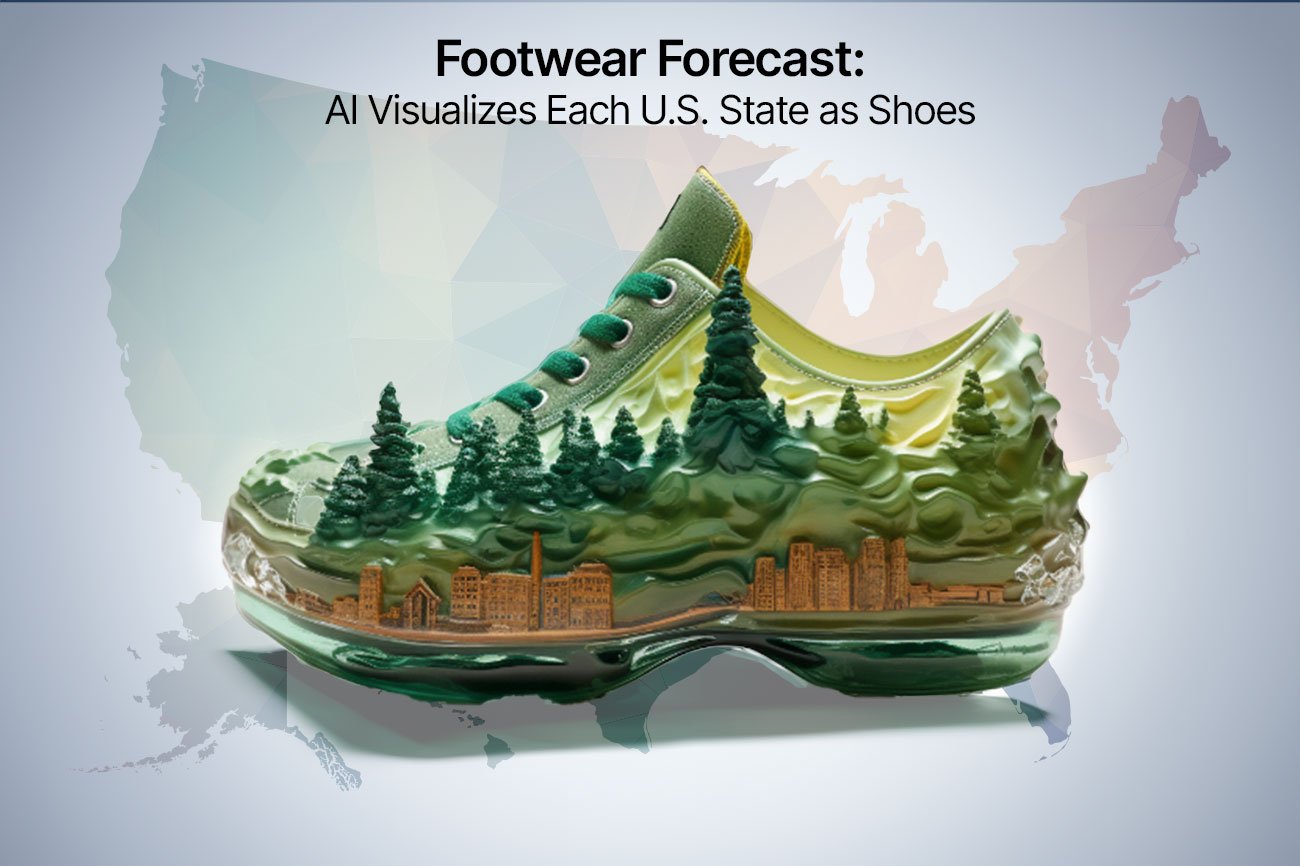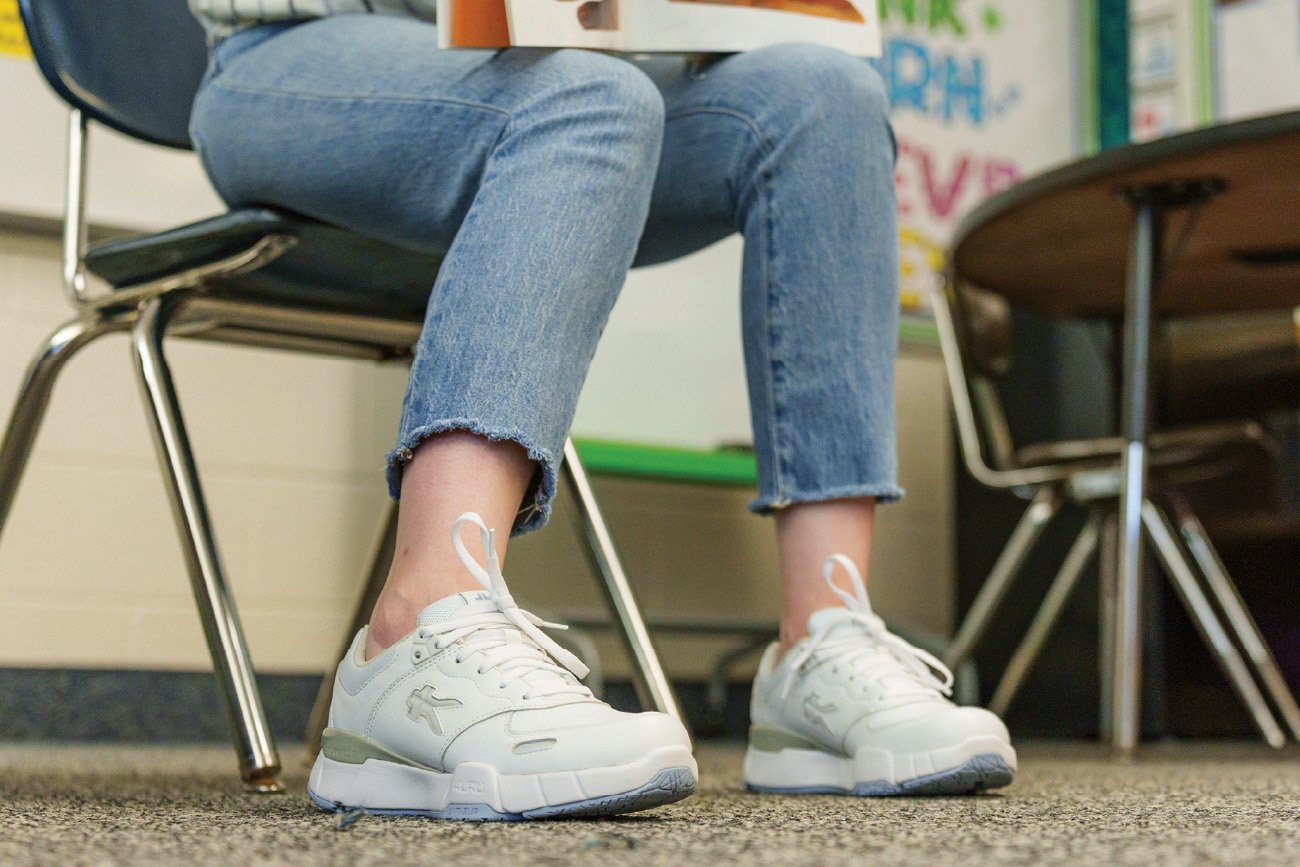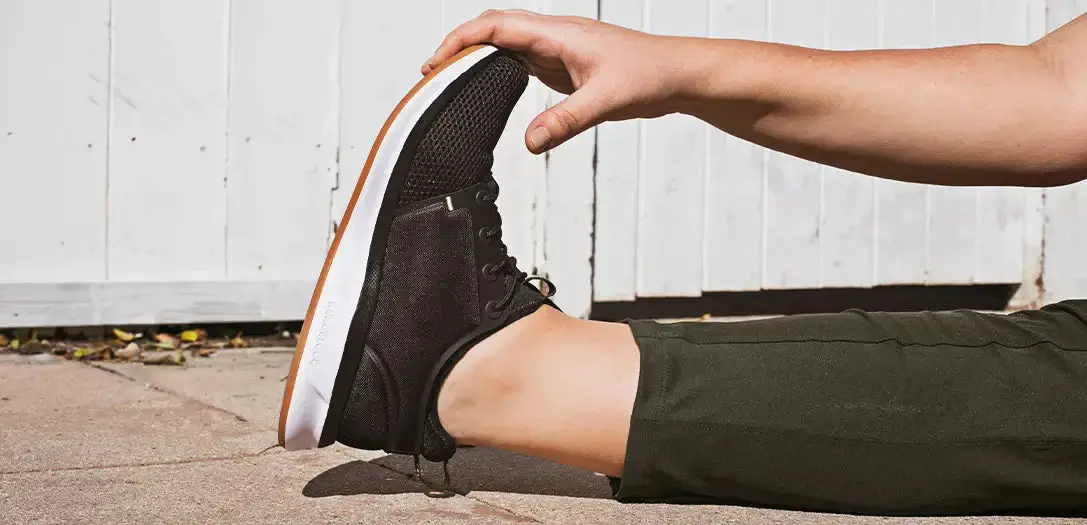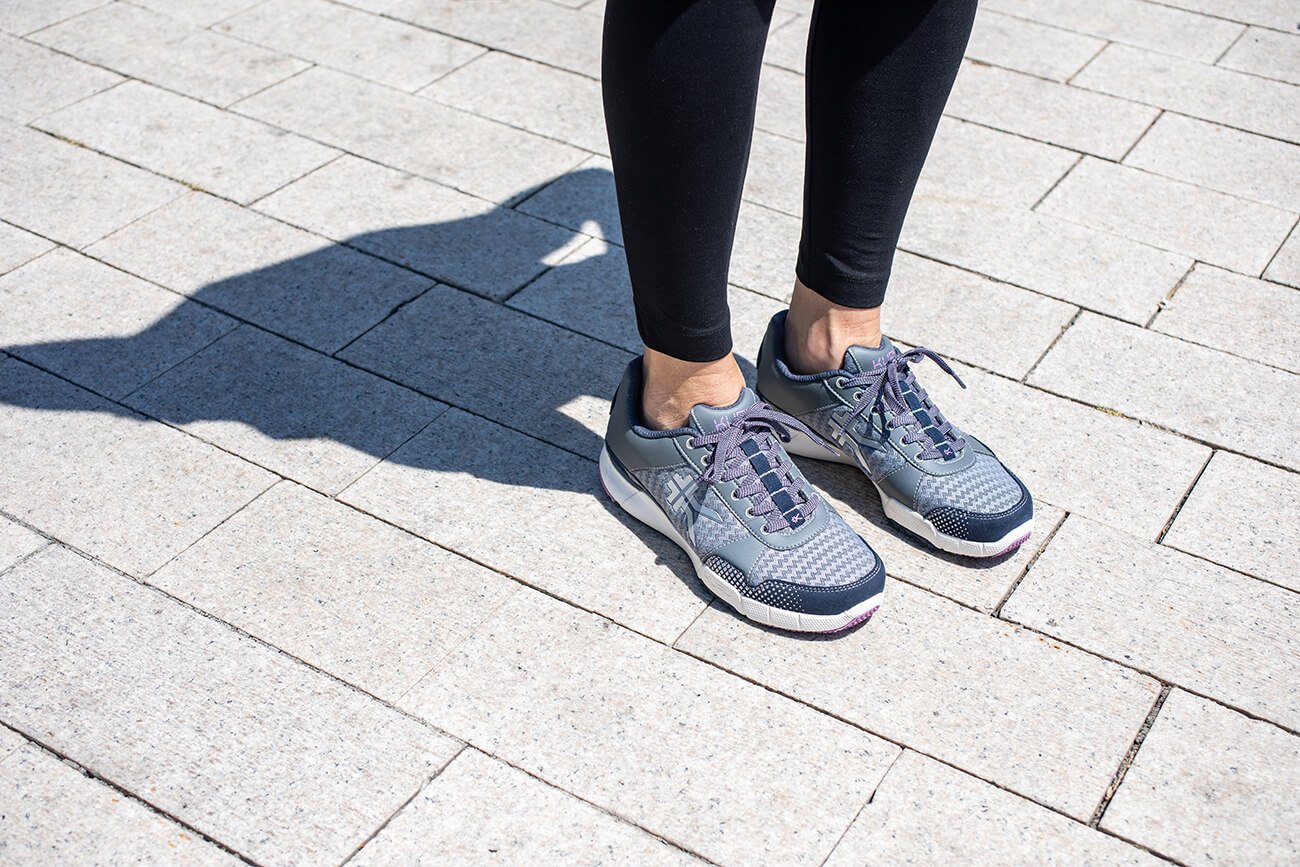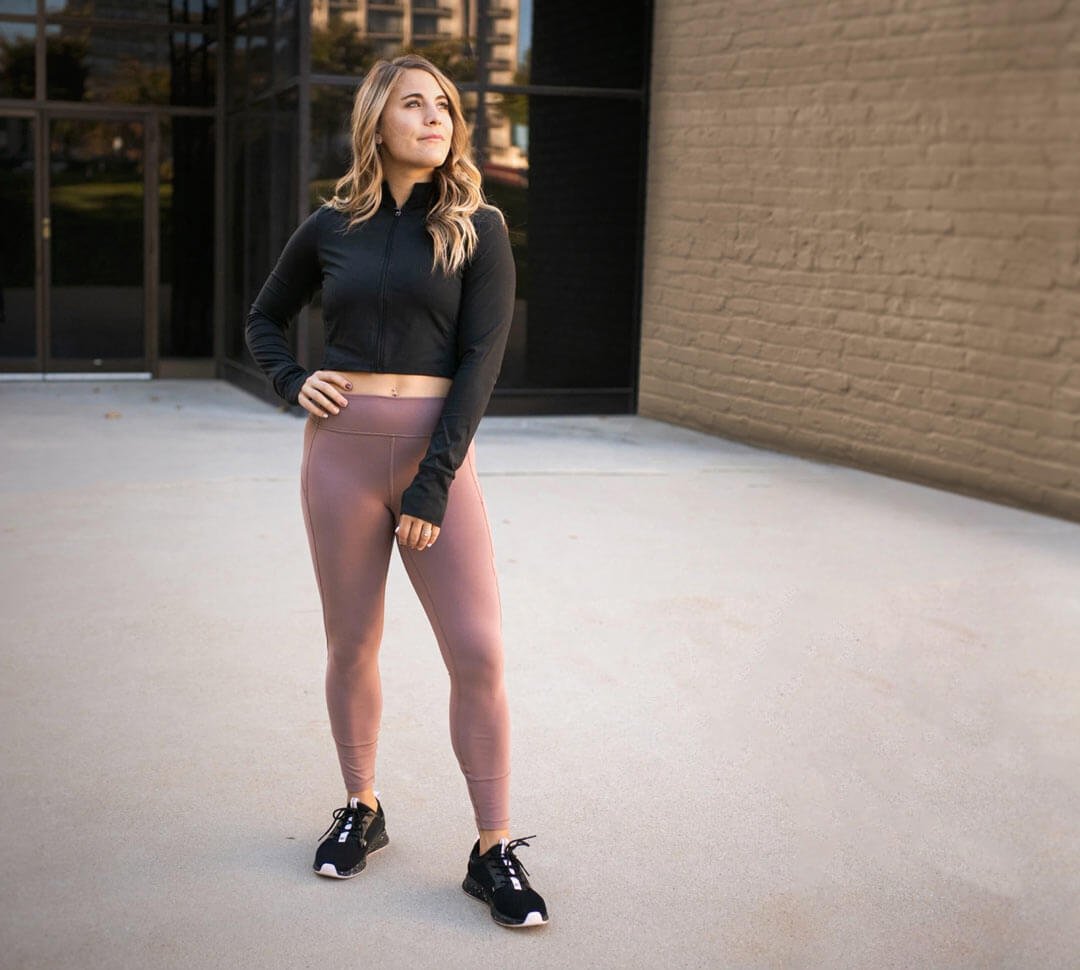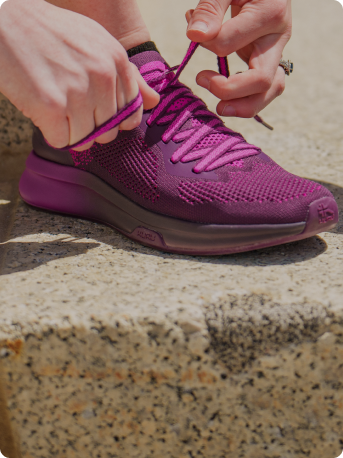Orthopedic Shoes For Foot Pain Relief
Are you tired of sacrificing style for comfort when it comes to orthopedic shoes? KURU has designed a solution. Our mission is to eliminate foot pain so you can keep doing what you love—in style.
Our orthopedic shoes for men and women feature patented technology that provides superior pain relief, without the need for costly orthotics or aftermarket inserts. From diabetic shoes to supportive flip-flops, our stylish orthopedic shoes cater to a variety of foot conditions, including plantar fasciitis and flat feet.
At KURU, we understand the importance of a comfortable fit. That’s why our shoes feature a wide toe box and ample cushioning to keep you moving without pain. Don’t let foot pain hold you back—try KURU’s most comfortable orthopedic shoes today.
Orthopedic shoes provide exceptional support and promote proper foot alignment, making them ideal for addressing various foot pain conditions. Whether you’re dealing with plantar fasciitis, Morton’s neuroma, hammertoes, bunions, or neuropathy, orthopedic tennis shoes and walking shoes are specifically designed to alleviate discomfort. These shoes feature wide toe boxes, arch support, and shock absorbency, effectively reducing joint and ligament impact.
At KURU, we offer a wide selection of orthopedic shoes for both men and women, all incorporating our signature technology. Our KURUCLOUD base layer absorbs impact, our patented KURUSOLE heel plate dynamically flexes with each step to protect your heel, and our ULTIMATE INSOLES offer superior arch support with lasting bounce back.
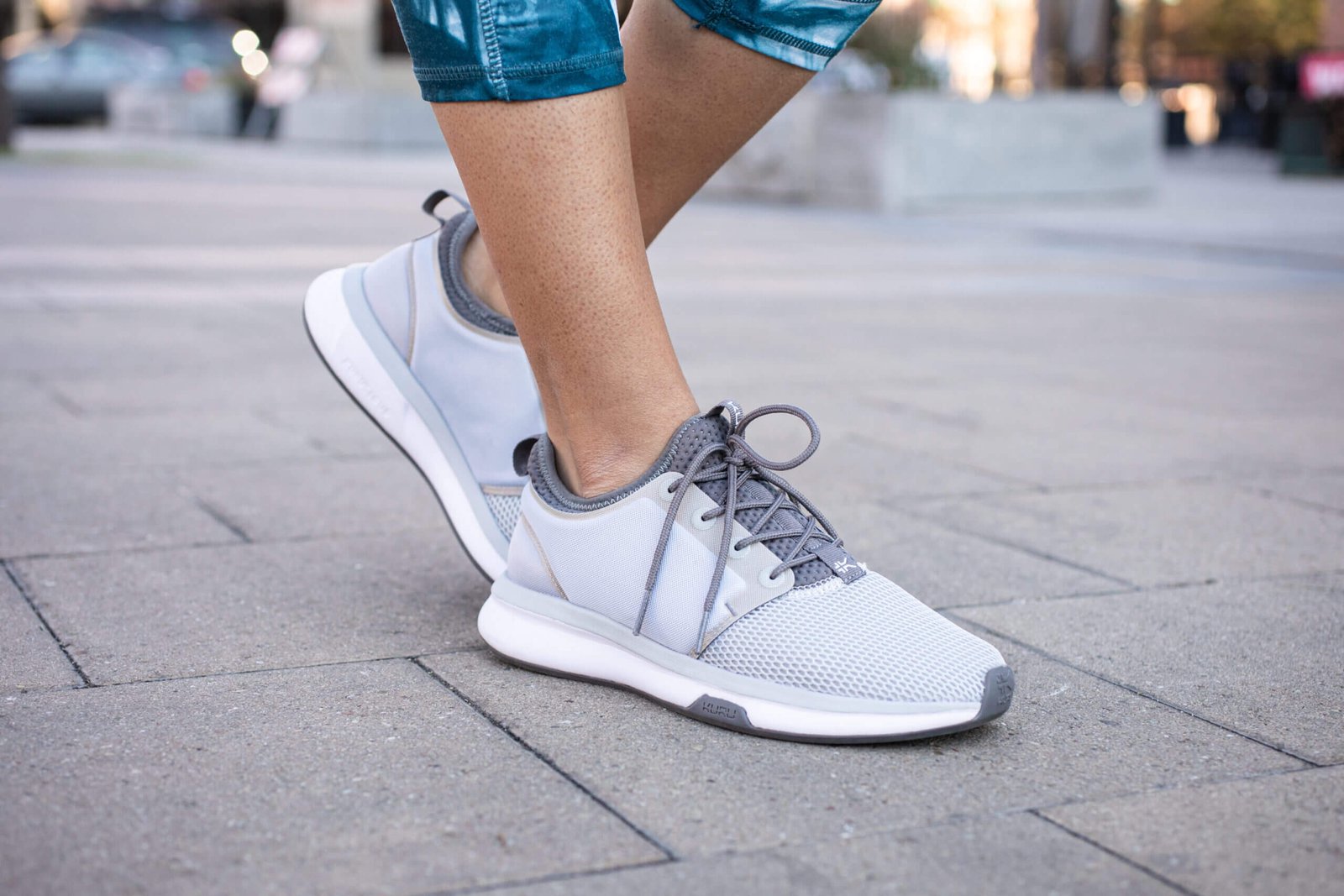
Orthopedic shoes are beneficial for a wide range of individuals who experience foot and ankle problems or require additional support and comfort. They are particularly good for individuals with conditions such as:
Tips for Buying Shoes
Simplify the process of finding a pair of orthopedic support shoes that fit well with these helpful tips from our KURU GURUs.
Consider comfort and fit: When purchasing orthopedic shoes, prioritize comfort and proper fit. Look for shoes that have ample cushioning, a wide toe box, and a supportive arch. Ensure that the shoes provide enough room for your toes to move freely without being too tight or too loose.
A Brannock device is an industry standard tool to determine your true shoe size. We recommend getting fitted at your local shoe store for the most accurate sizing, and never hesitate to reach out to a KURU GURU for tips on finding the fit for you!
The right pair of orthopedic shoes is sometimes (at least in part!) about finding the right size. Take a peek at guidelines on how to find the right fit at KURU.
In general, we recommend shoes should fit snug and secure around the forefoot without any tightness in the toes, heels, or bunion area. Your toes should lay flat and feel comfortable. You should be able to put a finger-width of length between the end of your toe and the edge of your shoe.
Seek professional advice: If you have specific foot conditions or concerns, it’s advisable to consult with a healthcare professional, such as an orthopedic doctor or podiatrist. They can assess your needs and recommend the most suitable orthopedic shoes for your condition.
Consider your activities: Think about the activities you will be engaging in while wearing the orthopedic shoes. If you’re planning to use them for running or sports, look for athletic shoes with specific features like shock absorption and stability. If you need shoes for everyday activities, choose comfortable walking shoes that provide support and cushioning.
Quality and durability: Invest in well-made orthopedic shoes that are durable and built to last. Check for sturdy construction, high-quality materials, and reliable brand reputation. While they may have a higher upfront cost, they can save you money in the long run by providing long-lasting support and comfort.
-
What are orthopedic shoes?
These shoes are designed for individuals who may suffer from considerable deformities and are made to provide relief for their feet. Orthopedic shoes also aim to improve walking functions and may help correct three main foot dysfunctions, including instability, deformities, and difficulty putting on shoes. Your first pair of orthopedic shoes may need to be prescribed by a specialist. With that, you will be able to renew the shoes once the old ones wear out.
-
What does an orthopedic shoe do?
Apart from supporting the arches, orthopedic shoes can also help cushion the whole foot and provide support. Orthopedic shoes can also correct issues with foot alignment while minimizing pain and preventing any existing problems from getting worse.
However, if you wish to wear other shoes for particular events or occasions, you may also opt for an orthopedic cushion. These have molded arch support that will accurately fit your foot. They can also be placed in all kinds of shoes to allow for daily wear and versatility.
-
What is the difference between orthotic and orthopedic shoes?
Orthopedic shoes are made with additional features such as extra cushioning on the sole, a deep heel cup to help stabilize your foot, and extra room for your toes. They also work to minimize pain and discomfort, which makes them great for those with sensitive feet.
A custom orthotic insert, on the other hand, is a useful tool that can treat and prevent lower body issues. It is placed inside a regular or orthopedic shoe and can be available over-the-counter without the need for a specialist’s prescription. Custom options can also be constructed according to an individual’s needs and measurements.
-
Are my orthopedic shoes eligible through my HSA?
Orthopedic shoes can be eligible for HSA funds if you have a Letter of Medical Necessity from your doctor and they are considered to be a qualifying product. Visit hsastore.com for more information.
*Note: At this time, KURU doesn’t accept insurance including FSA or HSA. We accept all major credit and debit cards, including Visa, Mastercard, American Express, Discover and Diners Club.
-
Are your shoes considered orthopedic shoes?
While our shoes are not currently considered orthopedic by a medical standard, we have received thousands of positive reviews from customers who say their KURU shoes with good arch support helped reduce or eliminate their pain—from plantar fasciitis to bunions.
Each of our shoes feature a wide toe box, superior arch support, shock absorption and patented heel technology, engineered for pain relief.
-
Can I use custom orthotics with KURU shoes?
Due to the anatomical shape of the KURUSOLE, custom orthotics with a rounded heel fit best inside our shoes. If the underside of the custom orthotic (the part that sits on the footbed) is squared off, then it may not fit into our deep heel cup—which is rounded like your foot.
That said, many of our customers tell us the KURUSOLE technology offers better support and stability than they expected, and that they don’t need to wear their custom orthotics with KURU shoes.
-
How is the arch support of KURU shoes?
KURU shoes deliver excellent arch support without the need for thick inserts or expensive, custom orthotics.
Superior arch support starts with our patented KURUSOLE technology, which delivers natural cushioning and dynamically hugs your heel with every step. Every foot is unique, and our ULTIMATE INSOLES adapt to fit your needs by using your own body heat to custom-mold to the shape of your feet over time.
The corrective nature of our superior arch support is designed to neutralize your weight distribution and place your foot in the best anatomical position. This support can take some getting used to. We suggest slowly breaking in your new shoes over the course of 2–3 weeks.
-
I just received a pair of your shoes and my feet are sore/hurt after wearing them. Why is that?
Some customers experience tenderness when they first start wearing a new pair of KURUs. That’s ok! Your body may need time to adjust to the new levels of anatomical support you experience with our patented KURUSOLE technology. Our comfortable shoes are also designed to mold to your unique foot shape for the perfect fit, which takes a bit of a break-in period.
To help mitigate this, we suggest you follow our break-in procedure, including wearing your KURUs for a couple hours per day around the house in the first couple of weeks as they break in and form to your foot.
About 8 in 10 Americans experience ongoing foot pain, with over 95% of those saying foot pain impacts their everyday life in some way.

Orthopedics vs. Orthotics
Find out about the difference between an orthotic and an orthopedic shoe, so you can make a smart choice when shopping for your next pair.
Foot pain can come with a long list of expenses—from doctor’s visits to custom orthotics. Many podiatrists also recommend supportive, comfortable orthopedic shoes for men and women to help maintain and treat a wide variety of foot conditions.
So what’s the difference between orthotics and orthopedic shoes? Let’s break it down.
Orthotics: Orthotics are a pre-made or custom-built shoe insert designed to relieve pain or pressure from foot conditions or gait abnormalities.
Orthopedic shoes: Orthopedic shoes are footwear designed to help support or correct the natural biomechanics of the body. Orthopedic walking shoes are made to help relieve pain, improve alignment, and offer support for foot conditions.
With KURU, you can get the best of both words in one shoe. Every pair of shoes we make comes with our signature built-in technology (including premium inserts!) so you don’t have to worry about spending extra money on expensive orthotics.
You’ll just get Pain Relief Beyond Belief.
When shopping for orthopedic shoes, it’s important to consider several factors to ensure you choose the right pair that provides optimal support and comfort. Here are some key things to look for:
At KURU, we pride ourselves on our unique approach to shoe design. We believe that shoes should be shaped to fit the natural contours of your feet, which is why we create every pair in three distinct support layers, not just an insole.
Our revolutionary ergonomic design starts with a curved footbed and adds unparalleled triple-layer support that includes shock-absorbing KURUCLOUD, heel-cupping KURUSOLE, and arch-supporting ULTIMATE INSOLES. The result? Shoes that are so comfortable you’ll stop thinking about your feet.
KURUSOLE
Our patented KURUSOLE plate features a unique design that cups and protects the heel and allows for dynamic flexion with each step. This superior …Show More
Our patented KURUSOLE plate features a unique design that cups and protects the heel and allows for dynamic flexion with each step. This superior support helps utilize our body’s natural cushioning system, the heel’s fat pad for comfort, support, and stability all day long.
…Show lessKURUCLOUD
Our KURUCLOUD midsole acts as a cushioned footbed to offer padding and shock absorption for the whole foot. This layer of lightweight …Show More
Our KURUCLOUD midsole acts as a cushioned footbed to offer padding and shock absorption for the whole foot. This layer of lightweight EVA foam helps absorb impact to your joints and bones and helps support every type of arch. You might even feel like you’re walking on clouds.
…Show lessULTIMATE INSOLE
The final layer in this technology trifecta, our ULTIMATE INSOLES feature premium arch support and cushion for the entire sole of your foot. Made of …Show More
The final layer in this technology trifecta, our ULTIMATE INSOLES feature premium arch support and cushion for the entire sole of your foot. Made of durable polyurethane foam, these insoles form to your feet and last longer, giving you personalized pain relief.
…Show less
KURUSOLE
Our patented KURUSOLE plate features a unique design that cups and protects the heel and allows for dynamic flexion with each step. This superior support helps utilize our body’s natural cushioning system, the heel’s fat pad for comfort, support, and stability all day long.
Fine, We’ll Tell You Our Secret
What makes KURU different? Every KURU shoe comes with built-in patented KURUSOLE tech—a foot health game changer.
While other shoes are flat on the inside, KURUSOLE is shaped like your foot to hug and prevent fatigue and pain.


